27 Mar
How does a former social worker from Chicago wind up living in an abandoned nuclear missile silo in Texas?
The Johnny Carson show.
Bruce Townsley was up late one night in the mid-’80s when he saw an unusual guest take a seat on Johnny’s set: a nuclear missile base real estate mogul named Ed Peden. Peden lives in an abandoned missile base in Kansas and was invited on the show to tell Johnny all about his underground lifestyle. Townsley was hooked.
Using the pre-Google research librarians at the public library outside of Chicago where he then lived, Townsley tracked Peden down. And though it wasn’t until 1997 that Townsley secured his current property, the idea blossomed in his head over the years. After completing his fair share of conventional home remodels in the Chicago area, Townlsey wanted a challenge to keep him busy for the rest of his life. So far, his silo property has perfectly fit the bill.
Townsely’s tour begins in a corrugated steel quonset hut, one of the few above-ground structures on the site. The prefabricated and easily assembled structures became popular with the military during World War II and look like a tin can cut in half lengthwise. They were used as everything from barracks to warehouses to latrines.
The instructions to Townsley’s place are simple: Head south of Abilene, nearly smack-dab in the middle of Texas, cross a couple of intersections, look for a small lump in the road with mailboxes sprouting out of the ground, and you’re there. At the end of the driveway, an American flag and array of solar panels provide the only evidence of habitation.
When purchasing an abandoned missile base, one must first realize that not all silos are created equal. Hundreds of missile facilities built by the military between 1960 and 1965 were quickly deactivated due to the changing political climate. They’re named for the type of missiles that they housed — Atlas E, Atlas F, Titan I, Titan II and Minuteman — and they vary widely in scope and function.
For example, Ed Peden’s base is an Atlas E site, which means the missiles were stored horizontally in giant garages with retractable roofs. When it was time to fire, the roofs would open and the missiles would be raised vertically. They also contain a much more extensive underground bunker — a feature too daunting for Townsley.
“What the hell am I going to do?†asks Townsley. “Build a house inside a bunker? Too much room.â€
Instead, with Peden’s help, Townsley went with this Atlas F site. Here, a missile was stored vertically in an underground silo and the attached living quarters for the missiliers were more modest. More than 30 years after it was deactivated, Townsley bought the property in 1997 for $99,000. By 1999 he had moved in to the 2,200 sq ft. fixer-upper.
Above ground, Bruce Townsley’s place bears little resemblance to the busy site it was in the early ’60s. Most working parts have been decommissioned. Buildings and parking lots have been removed and this escape hatch has been capped in thick concrete.
But not everything is out of order: In the background sit the two giant overhead silo doors. They cover the 185-foot hole in the ground where a missile armed with a nuclear warhead used to be. Townsley has managed to get one of these massive doors up and running. It took a bunch of local volunteers and a rented crane, but he finally cracked it open.
“I took out a loan against my truck to have a bracket built to be able to open the door,†said Townsley.
While Ed Peden’s more horizontal Atlas E silo home requires hundreds of feet of tunnels to get to the living space, Townsley’s vertical Atlas F site means lots and lots of stairs. Townsley takes this stairwell down to the first level of his house, which is where the old crew quarters (now his subterranean living space) is located.
The stairway ends at a set of 6,000-pound blast doors designed to keep occupants safe during a nuclear attack. The doors curve inward to offset the vacuum effect of a blast – keeping everything inside from being sucked out.
As an added safety feature, the white “latticed†debris door is hung to keep whatever an explosion carries into the tunnels from making it to the control room.
All four of the doors are still fully functional – a small miracle, considering that a number of blast doors from other Atlas F sites have since buckled under their weight. Having the functioning doors was a big selling point for Bruce. They are impressive in their size and precision, taking little more than a gentle shove to swing open.
Townsley’s living space is about 1,100 square feet and completely round. The room is essentially a concrete bubble suspended from the large column in its center.
When the site was an active missile base, this room “floated†on massive springs. This let the room move both up and down and side to side, which would absorb a bomb blast in the event that the Russians managed to get a shot off. Now Townsley has replaced some of the springs with poles so the room can only sway side to side.
Townsley wouldn’t trust his house with a nuclear blast these days, but it does just fine in strong Texas thunderstorms.
Every room in the structure revolves around the center pillar like a clock — kitchen, living room, office, bedroom — all separated by short partition walls built by Townsley.
Townsley has a clean aesthetic. His tastes in furnishings have a simple, feng-shui vibe. Clutter disturbs the chi when you live in a round, totally open room, he says.
While Townsley had a lot of home remodeling experience in Chicago, nothing in the windy city prepared him for the demands of such a space. He has designed every detail in the room to fit its circular shape. The kitchen counter, for example, reflects the contour of the wall.
“The hardest part, says Townsley, “was learning how to drywall on a curve.â€
Townsley says he also took some time adjusting to the subterranean lifestyle. “You have to get used to living without windows,†he says. “But I have a TV monitor [hooked up to] an aboveground video camera.†Another thing he didn’t expect was the noise, or lack thereof. “It’s intensely quiet,†he says, “and I’m a quiet freak. But there was a time when I had to keep a fan on all day just to have some noise.â€
Another set of stairs leads down to a second floor identical in size and shape to the main room. Here, Townsley has installed a bathroom that could be showcased on the Home and Garden Network. Also tucked into this lower level is a Bowflex machine.
The tour of Townsley’s home base doesn’t end here. There’s a much, much larger feature to his house – the 185 foot-deep missile silo.
To get to the silo requires navigating another set of blast doors and a corrugated steel tunnel. During the silo’s heyday, this tunnel would lead to a fully fueled, nuclear warhead equipped Atlas F missile, which was the U.S.’s first attempt at a vertical in-ground launch system.
The missile was held in place with scaffolding, which was necessary since the Atlas missiles were basically thin aluminum shells filled with fuel. Instead of some internal framework, they were pressurized on the inside to stay upright. “If there was a leak,†Townsley says, “they’d collapse like a Coke can.â€
The tunnel exits about two-thirds of the way to the top of the silo. Townsley has hung a steel cable around a small platform – the only protection from a dark plunge to the bottom.
Some men tinker in the backyard shed. Others putz around the garage. Townsley has strung lights up in a 185-foot hole in the ground and has enough space and tools to tinker for the foreseeable future. And that suits him just fine. He’d like to make the silo more presentable. Clean it up and restore it to a mock-up of its original condition.
But Townsely admits it’s “such a long-term project.†And, now that he’s got his underground bachelor pad all set up, there’s no rush on the silo. “You play with it when you play with it,†he says.
Seen from below, the giant silo doors give little hint that there’s a blue sky beyond. Such substantial doors required Townsley to get a little creative to prop it open. But the main tool is fairly pedestrian: “It’s your standard hydraulic lift,†Townsley says. “It’s just really big.â€
Decades ago the lifts were a crucial part of the operation. Before the missile could be launched, the multi-ton, three-foot thick doors had to swing outward and allow an elevator to raise the missile toward the sky as quickly as possible. If an enemy attack was really underway, every second counted and vertical silos like these were soon preferential to the horizontal Atlas E silos, where the doors had to open and the missile raised upright.
Although the Atlas F silos were soon rendered obsolete by even faster missile launch systems, they became the template for all that followed.
“Everything after has been a vertical launch system,†Townsley says.
The hallway from the missile silo to the bunker is lined with the heavy blast doors intended to keep occupants safe during an attack. The doors curve inward, a design feature that, theoretically, would help offset the pull of the vacuum created by a nuclear explosion outside and keep them from being flung outward.
While those attacks thankfully never did come to pass, a handful of Atlas F’s exploded in their silos and exposed one problem with the heavy steel doors. According to Townsely, during these “missile failures†the blast doors weren’t quite as strong a defense against forces going the opposite way. “Both sets of blast doors would blow in,†Townsley says, “They’d be defeated.†Luckily the debris doors held and kept any shrapnel from entering occupied areas.
Bored local teens ventured underground throughout the ’80s and early ’90s before Townsley took the place over. Their graffiti helps the silo serve another purpose – time capsule. Peace signs, (not yet in wide pop-cultural circulation during the early ’60s) became a popular symbol wherever nuclear warheads once resided. Other highlights include a “Regan/Bush 1991†scrawl and a spray-painted tribute to The Cure.
Across America these concrete slabs and giant doors cover very deep holes in the ground, somber mementos of a time when many Americans felt that the end of the world as they knew it was just the push of a button away.
When the silo was operational, both doors would swing open and an elevator would bring an Atlas F missile to the surface to be fired. But don’t expect many people to go to the lengths Townsely did to crack one open. In fact, just getting the one back up in working order was enough for Townsley. Aside from the logistical nightmare presented by their sheer size and weight, the doors were designed to open in a complicated synchronicity. Townsley didn’t want to spend all the time and effort needed to figure out how to recreate it.
“I was thrilled to death and called it a success with just one,†Townsley says.
As the tour ends, it’s time to let Townsley get back to his peace and quiet. It’s hard not to wonder why someone would give up Chicago for rural Texas. All those glass skyscrapers for a literal hole in the ground. But like other civilians who are now putting abandoned silos to use, Townsley is a near expert on the history of these relics of American weaponry.
Besides, it’s the perfect location for someone who’s self-reliant and likes his space. And as Townsley launches into another detail about Atlas missiles and underground bunkers, it’s obvious that he’s having a blast.
Originally appeared on Wired.com

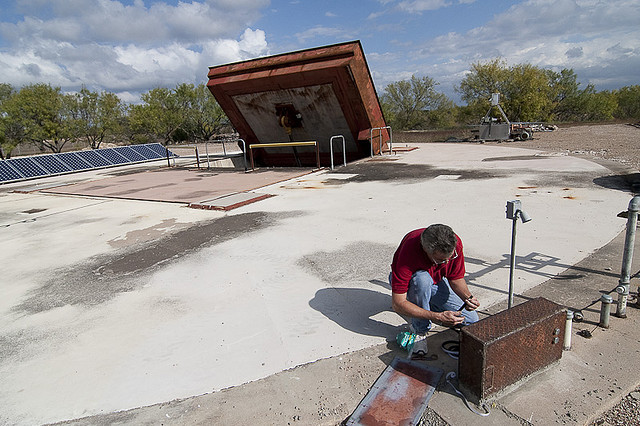
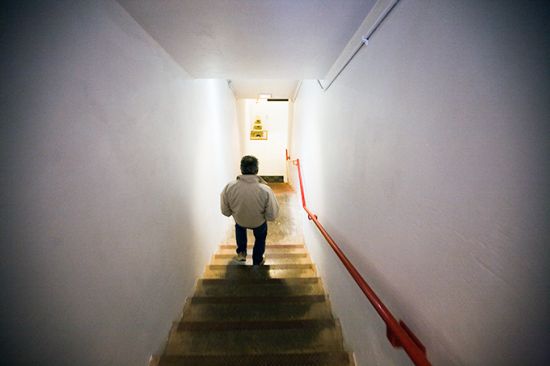
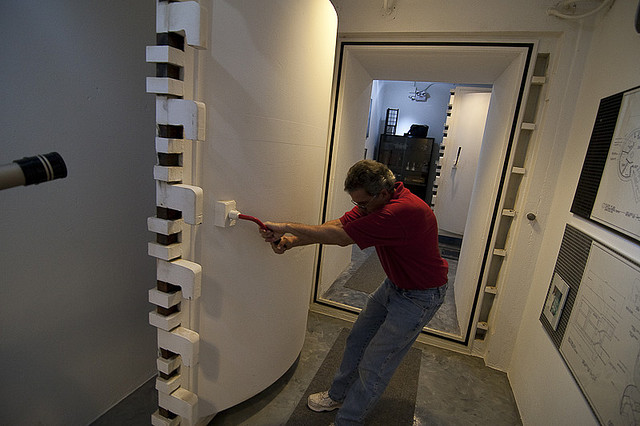
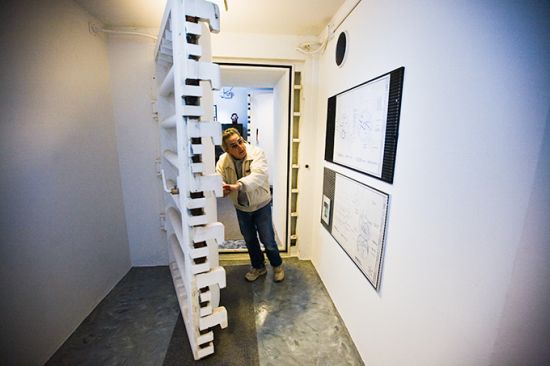
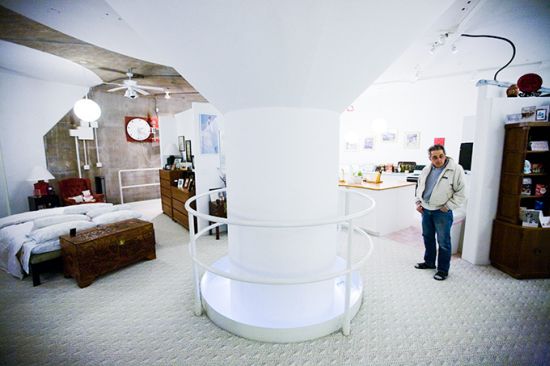
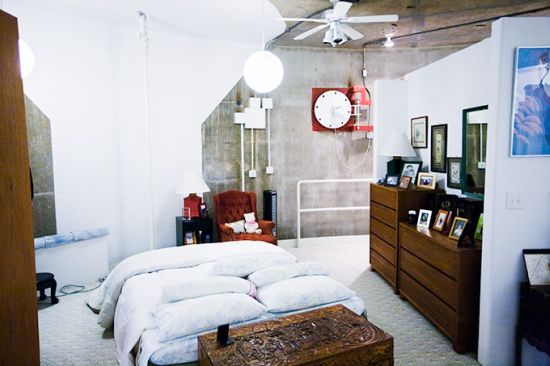

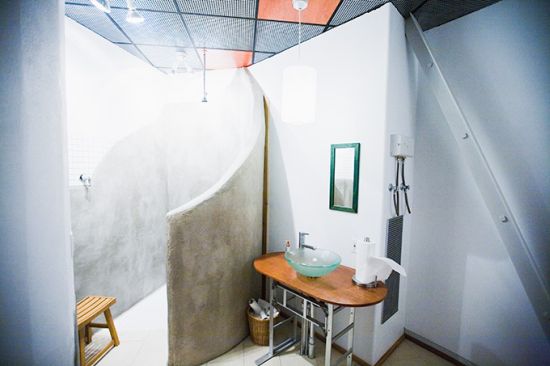
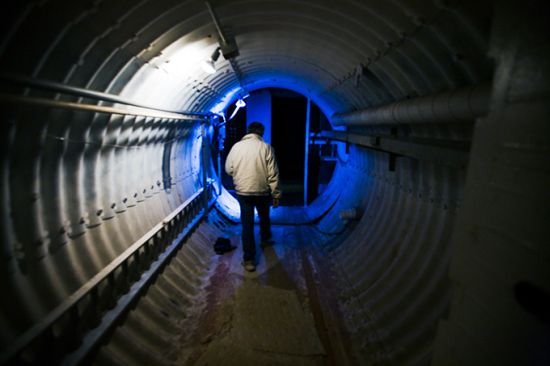
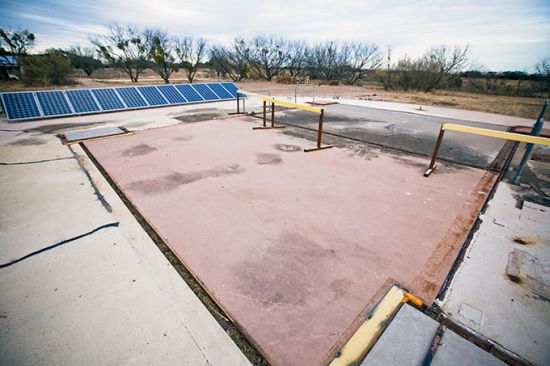
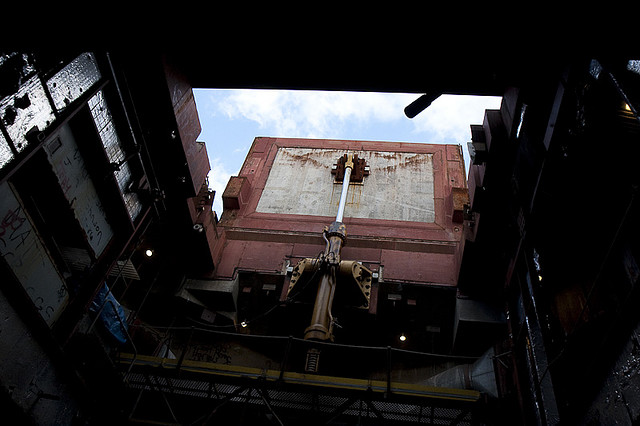
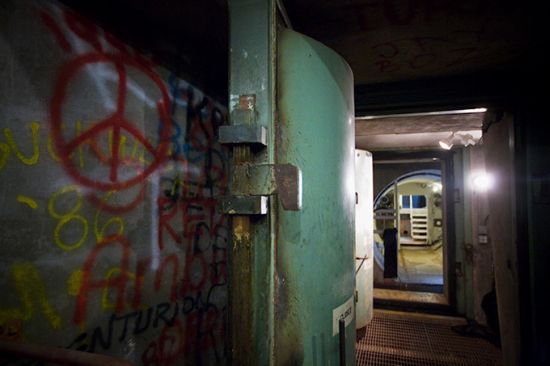
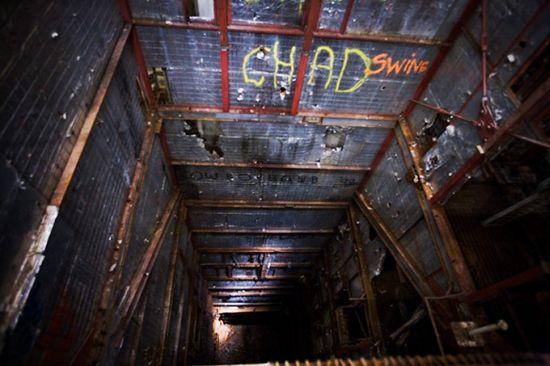
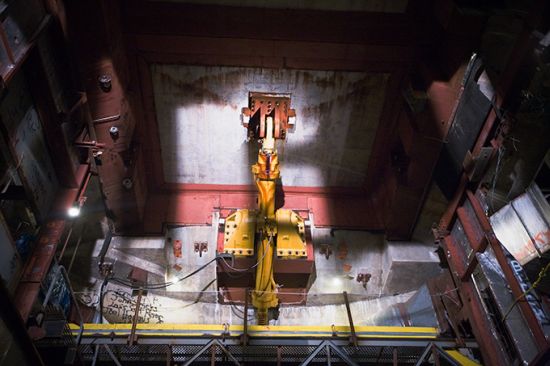
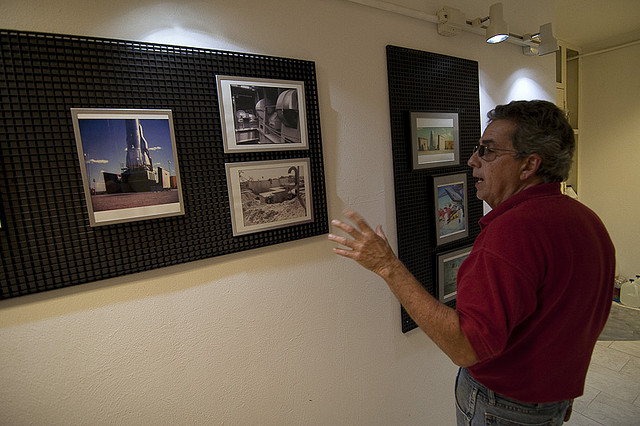
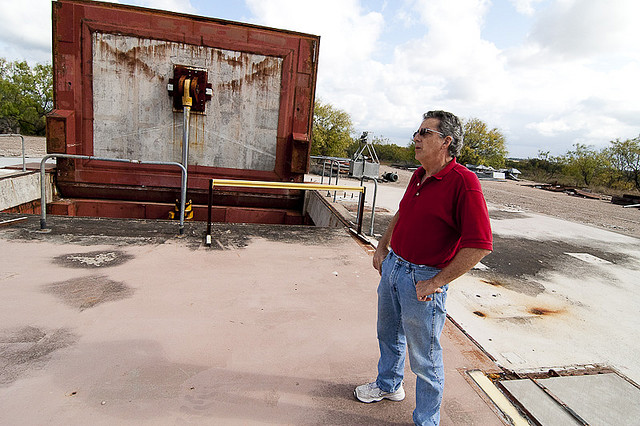
What Others Are Saying